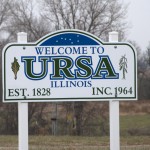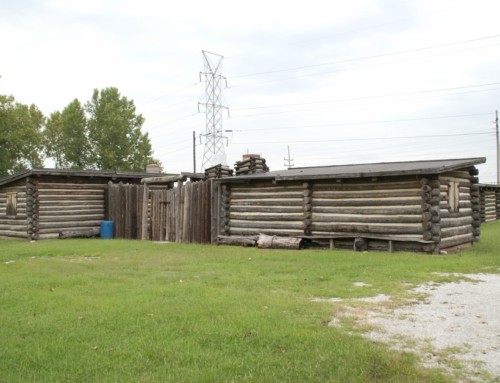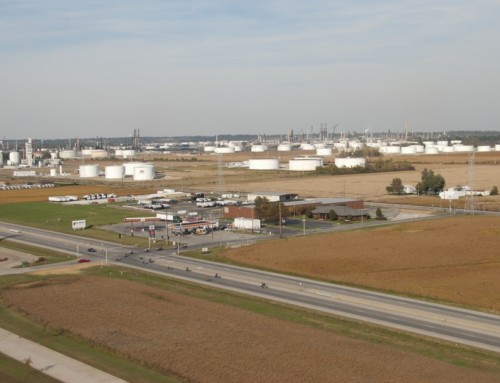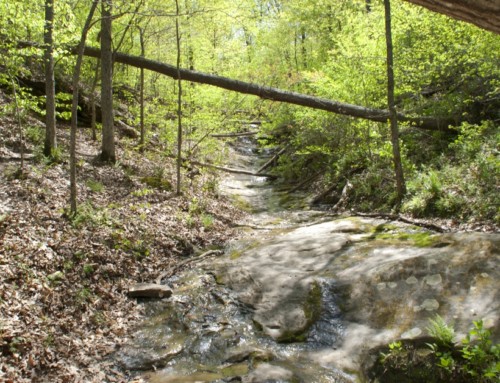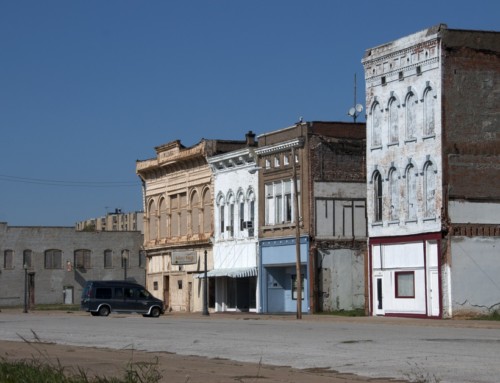History
Richard M. Johnson is credited with coming up with the name Ursa but for reasons no one knows; it is the only place in the US that is called Ursa. Sure, some people called the area Bear Creek before 1850, and Ursa is apparently Latin for bear, but why Mr. Johnson thought it would be cool to name the place after the Latin word for a bear, well, we’ll probably never know.
Peter Vannerst may have been the first European to move into the area. He built a cabin and store 1828 on the higher ground atop the bluffs. If you shopped at his store, you could buy whiskey, cloth, crockery, salt, flour, plus a few other staples. Vannerst was first Postmaster when the post office opened in 1836. The village was never platted, so it grew rather haphazardly. Ursa had a few businesses like a wagon shop, blacksmith, and the Ursa House, a hotel, bar, and entertainment venue. When the railroad built a new station about a mile north of the village, however, its prospects dimmed. The village currently known as Ursa began around the new railroad station in 1875, while the original village became known as Old Ursa.
The post office and several businesses moved from Old Ursa into new frame buildings at Ursa, many of which were subsequently destroyed by a fire in August 1903 or the fire of 1906. The railroad provided Ursa residents with good connections to bigger cities, like Quincy and Burlington. Residents could hop on the 10am train to Quincy and return on the 4pm train. Ursa formally incorporated as a village in 1963, and built a municipal water system right after that.
Ursa was an agricultural community from the beginning and is still very much one today. Most of the bottomlands below Ursa have been protected by levees since 1880; wholesale draining of the wetlands began in 1915. The protection offered by the levees is rather illusory, however, as levee breaks in 1888, 1903, 1918, 1929, 1965, 1993, and 2008 returned the river to its historic floodplain.
Exploring the Area
Ursa Town Hall (109 S. Warsaw) is listed on the National Register of Historic places. It was built in 1895 for Marcelline’s chapter of the International Order of Odd Fellows but is now an entertainment hall and meeting place for a range of civic and fraternal organizations.
For a taste of local viniculture, head over to Spirit Knob Winery (2211 E. 640th Pl.; 217.964.2678). They planted their first grapes in 1999 and have been producing their own wines since 2002.
**Looking for more places to visit along the Mississippi River? Check out Road Tripping Along the Great River Road, Vol. 1. Click the link above for more. Disclosure: This website may be compensated for linking to other sites or for sales of products we link to.
Resources
- Post Office: 107 N Warsaw St.
Community-supported writing
If you like the content at the Mississippi Valley Traveler, please consider showing your support by making a one-time contribution or by subscribing through Patreon. Book sales don’t fully cover my costs, and I don’t have deep corporate pockets bankrolling my work. I’m a freelance writer bringing you stories about life along the Mississippi River. I need your help to keep this going. Every dollar you contribute makes it possible for me to continue sharing stories about America’s Greatest River!
©Dean Klinkenberg, 2024, 2021, 2018,2013,2011
